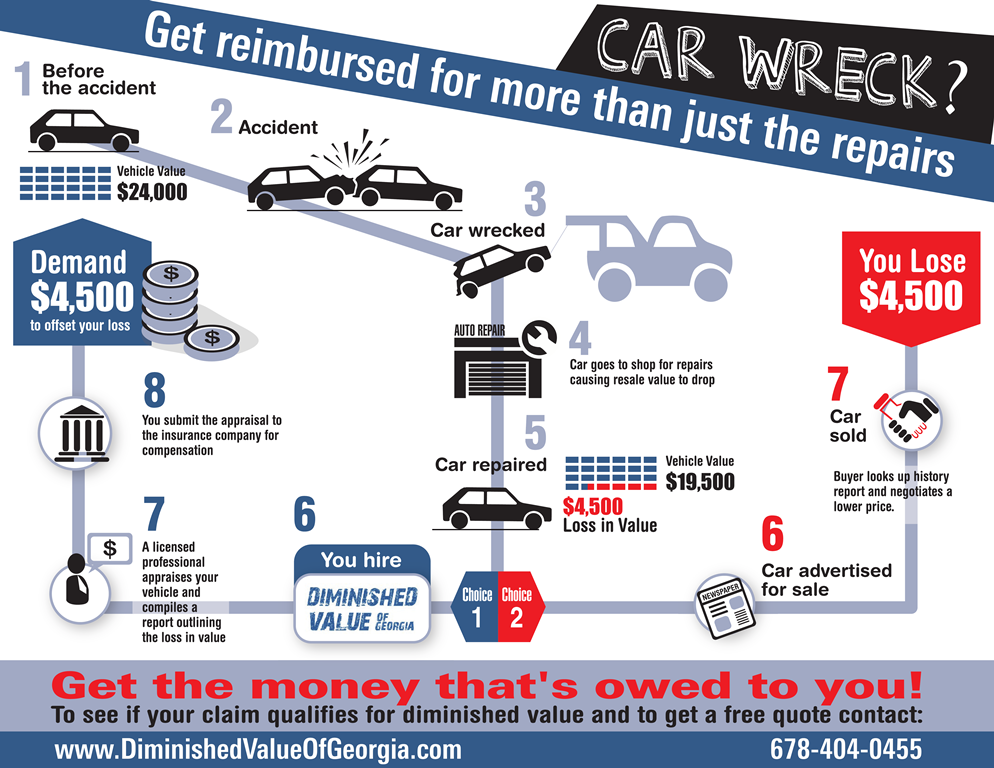Seeking Quality On The Caution Lights Showed On Your Vehicle'S Dashboard? Discover Exactly How They Connect To Your Car'S Health And Safety
Seeking Quality On The Caution Lights Showed On Your Vehicle'S Dashboard? Discover Exactly How They Connect To Your Car'S Health And Safety
Blog Article
Web Content Produce By-Termansen Stark
When you're behind the wheel, those beautiful warning lights on your dashboard can be a bit bewildering. Do you know what they're trying to inform you concerning your auto's health and wellness? Understanding the significance of these lights is crucial for your security and the longevity of your vehicle. So, the next time among those lights turns up, would not you want to decode its message accurately and take the needed actions to resolve it?
Common Caution Lights and Interpretations
Determine usual warning lights in your cars and truck and recognize their definitions to ensure safe driving.
One of the most typical caution lights include the check engine light, which signifies problems with the engine or emissions system. If this light comes on, it's critical to have your car checked quickly.
The oil stress advising light indicates low oil pressure, requiring prompt attention to stop engine damages.
A flashing battery light might suggest a malfunctioning billing system, possibly leaving you stranded otherwise resolved.
The tire stress tracking system (TPMS) light notifies you to low tire pressure, influencing vehicle security and fuel efficiency. Overlooking engine bay cleaner nz can result in risky driving conditions.
The abdominal light suggests a trouble with the anti-lock braking system, endangering your ability to stop swiftly in emergency situations.
Lastly, the coolant temperature alerting light warns of engine overheating, which can lead to serious damage if not solved promptly.
Comprehending these usual warning lights will aid you attend to issues immediately and preserve risk-free driving problems.
Relevance of Prompt Attention
Understanding the usual caution lights in your vehicle is just the very first step; the value of immediately attending to these warnings can not be highlighted enough to guarantee your safety on the road.
When https://www.bocaratontribune.com/bocaratonnews/2022/05/keep-roads-safe-use-these-tips-to-stop-driving-distracted/ illuminates on your dashboard, it's your vehicle's way of interacting a potential problem that needs attention. Disregarding these cautions can result in much more extreme problems down the road, compromising your safety and possibly costing you more in repairs.
Trigger interest to advising lights can avoid break downs and crashes. As an example, a flashing check engine light can indicate a misfire that, if left unattended, could create damage to the catalytic converter. Resolving this quickly can conserve you from an expensive repair work.
In a similar way, a brake system advising light could indicate low brake fluid or used brake pads, critical components for your safety when driving.
Do It Yourself Troubleshooting Tips
If you notice a warning light on your control panel, there are a couple of DIY repairing suggestions you can try prior to looking for expert aid.
The first step is to consult your automobile's guidebook to comprehend what the specific caution light indicates. Occasionally the issue can be as basic as a loosened gas cap setting off the check engine light. Tightening up the gas cap may solve the problem.
Another usual concern is a low battery, which can set off different warning lights. Examining the battery links for corrosion and guaranteeing they're secure may fix the issue.
If a caution light continues, you can try resetting it by separating the cars and truck's battery for a couple of minutes and after that reconnecting it. Additionally, inspecting your automobile's liquid levels, such as oil, coolant, and brake liquid, can aid fix advising lights connected to these systems.
Final thought
Finally, recognizing your vehicle's warning lights is vital for maintaining your vehicle running efficiently and securely. By promptly addressing these signals and recognizing what they suggest, you can prevent pricey repair services and possible malfunctions.
Bear in mind to consult your automobile's guidebook for certain details on each alerting light and act appropriately to make sure a hassle-free driving experience.
Stay informed, stay risk-free when traveling!
